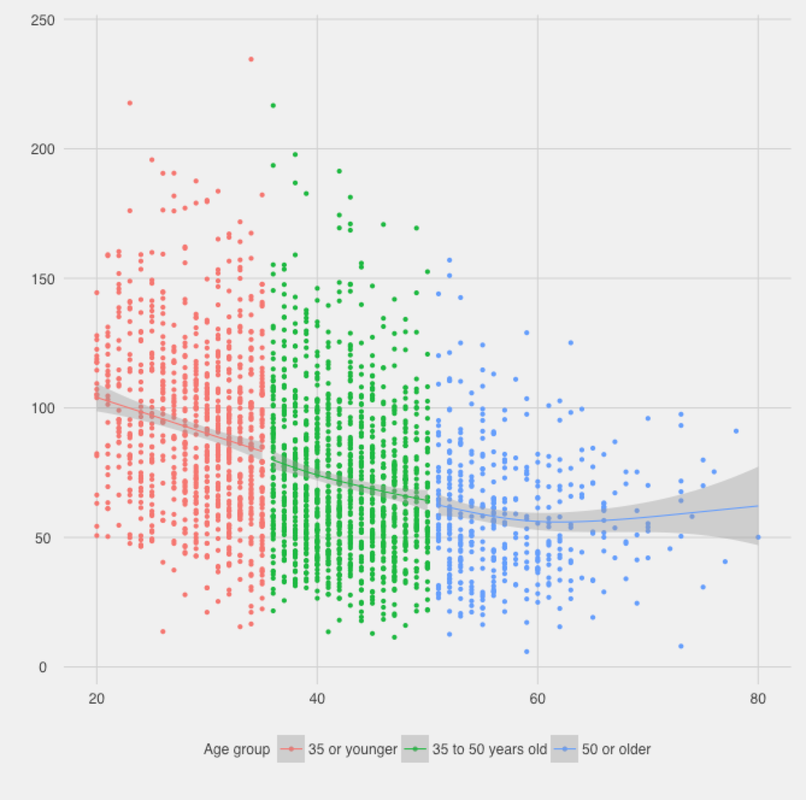would it be ok to use high-dose Hydrogen water with c60 on this protocol?
i find i have much more power if i take them both before heavy swimming compared to c60 alone
Stem cell self-renewal protocol, updated
Time 0 —
Stearic acid — 10 g, in hot chocolate or brownie (Mito fusion)
Optional—
Mito cofactors — e.g., one cap of LEF brand “Only Trace Minerals.” This can be taken at other times, preferably with meals to avoid nausea.
Time 1:00 —
TUDCA — 500 mg (Mito biogenesis & stem cell self-renewal)
PQQ — 40 mg (Mitochondrial biogenesis)
Jiaogulan — 800 mg (AMPK activator, or other such products, e.g., LEF brand AMPK activator)
L-Threonine — 5 g (Stem cell nutrition)
Core brand Liposomal Glutathione — .5 g (Master antioxidant, telomere protection/lengthening, see note 1)
ALA — 300 mg (Antioxidant, stimulates stem cell proliferation)
Optional—
Taurine — 5 g (Stem cell nutrition)
NAC — 600 mg (Enhances glutathione, works with taurine to produce H2S — see note 2)
Rose hips — 500 mg (Another AMPK activator)
Time 2:00 —
C60 — 1 teaspoon of .6 mg/ml in oil, 3 mg C60 (Mito and stem cell stimulant)
Vitamin C — 2 g (Antioxidant to protect telomeres and to promote hepatocyte growth factor for satellite cells)
Optional—
Potassium nitrate — 300 mg (With exercise, for satellite cells — see note 3)
Gym, 2:30
And later, if feeling fatigue, L-Threonine — 5 g
L-Threonine, taurine and NAC can be mixed into fruit juice. Mix dry powders first for best dispersion of NAC. Stearic acid in brownies or hot chocolate on an empty stomach speeds up the digestion and absorption. Digestion of raw stearic acid powder or flakes (which does not melt at body temp) will likely take a long and variable amount of time. Imagine digesting candle wax.
Suggested schedule—Three days in a row, then a break of two or more days.
Notes:
1. Glutathione and other antioxidants maintain and potentially lengthen telomeres during self-renewal. Liposomal glutathione is more available orally, and I used Core brand Liposomal Glutathione only as it had the highest rating on Amazon. I have not tried any others.
Glutathione Regulates Telomerase Activity in 3T3 Fibroblasts
2. H2S is important to stem cell differentiation, while taurine + NAC creates H2S and also promote cardiovascular health.
Hydrogen Sulfide Maintains Mesenchymal Stem Cell Function and Bone Homeostasis…
3. Satellite cells are stem cells found in muscle tissue. They are known to proliferate given exercise, nitric oxide (NO), and hepatocyte growth factor (HGF). The optional potassium nitrate will produce NO, while Vitamin C produces HGF. This may increase muscle mass over the effects of C60/fusion alone.
Chemical synthesis of nitric oxide in the stomach from dietary nitrate in humans.
Stimulation of hepatocyte growth factor production by ascorbic acid




























































